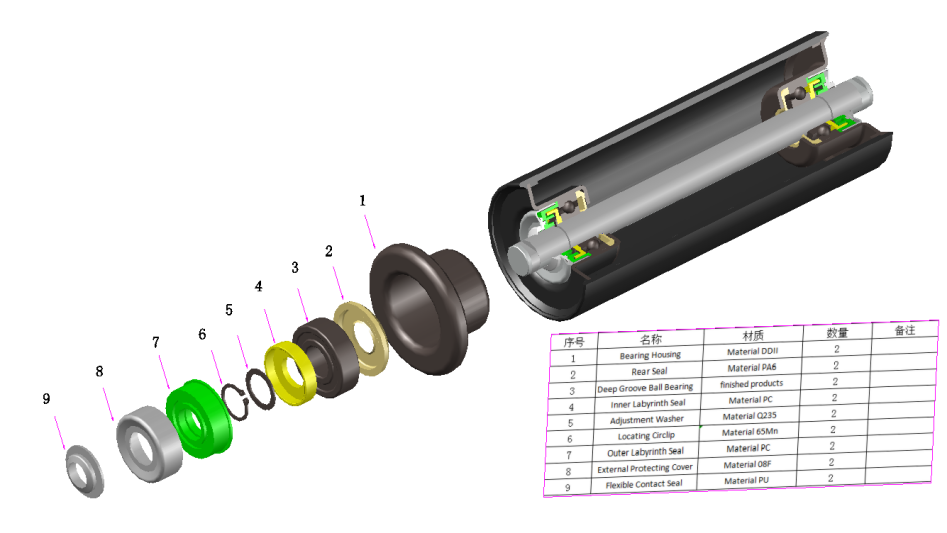 Afrikaans
Afrikaans  Albanian
Albanian  Amharic
Amharic  Arabic
Arabic  Armenian
Armenian  Azerbaijani
Azerbaijani  Basque
Basque  Belarusian
Belarusian  Bengali
Bengali  Bosnian
Bosnian  Bulgarian
Bulgarian  Catalan
Catalan  Cebuano
Cebuano  Corsican
Corsican  Croatian
Croatian  Czech
Czech  Danish
Danish  Dutch
Dutch  English
English  Esperanto
Esperanto  Estonian
Estonian  Finnish
Finnish  French
French  Frisian
Frisian  Galician
Galician  Georgian
Georgian  German
German  Greek
Greek  Gujarati
Gujarati  Haitian Creole
Haitian Creole  hausa
hausa  hawaiian
hawaiian  Hebrew
Hebrew  Hindi
Hindi  Miao
Miao  Hungarian
Hungarian  Icelandic
Icelandic  igbo
igbo  Indonesian
Indonesian  irish
irish  Italian
Italian  Japanese
Japanese  Javanese
Javanese  Kannada
Kannada  kazakh
kazakh  Khmer
Khmer  Rwandese
Rwandese  Korean
Korean  Kurdish
Kurdish  Kyrgyz
Kyrgyz  Lao
Lao  Latin
Latin  Latvian
Latvian  Lithuanian
Lithuanian  Luxembourgish
Luxembourgish  Macedonian
Macedonian  Malgashi
Malgashi  Malay
Malay  Malayalam
Malayalam  Maltese
Maltese  Maori
Maori  Marathi
Marathi  Mongolian
Mongolian  Myanmar
Myanmar  Nepali
Nepali  Norwegian
Norwegian  Norwegian
Norwegian  Occitan
Occitan  Pashto
Pashto  Persian
Persian  Polish
Polish  Portuguese
Portuguese  Punjabi
Punjabi  Romanian
Romanian  Russian
Russian  Samoan
Samoan  Scottish Gaelic
Scottish Gaelic  Serbian
Serbian  Sesotho
Sesotho  Shona
Shona  Sindhi
Sindhi  Sinhala
Sinhala  Slovak
Slovak  Slovenian
Slovenian  Somali
Somali  Spanish
Spanish  Sundanese
Sundanese  Swahili
Swahili  Swedish
Swedish  Tagalog
Tagalog  Tajik
Tajik  Tamil
Tamil  Tatar
Tatar  Telugu
Telugu  Thai
Thai  Turkish
Turkish  Turkmen
Turkmen  Ukrainian
Ukrainian  Urdu
Urdu  Uighur
Uighur  Uzbek
Uzbek  Vietnamese
Vietnamese  Welsh
Welsh  Bantu
Bantu  Yiddish
Yiddish  Yoruba
Yoruba  Zulu
Zulu troughing rollers manufacturers
The Role of Troughing Rollers in Material Handling Systems
Troughing rollers are essential components in conveyor systems used for transporting bulk materials across various industries. These rollers are designed to support the weight of the loaded materials while guiding them along a defined path. The effectiveness of troughing rollers significantly influences the operational efficiency, maintenance costs, and overall performance of conveyor systems.
Understanding Troughing Rollers
Troughing rollers maintain the trough shape of the conveyor belt, thereby allowing the efficient movement of materials. The design typically features a set of rollers angled to create a 'V' shape, which helps to contain loose and granular materials within the confines of the belt. This design minimizes spillage and ensures that the materials remain stable during transit, reducing the risk of accidents and losses.
Manufacturers of troughing rollers focus on creating high-quality products that can withstand harsh environmental conditions. These rollers are frequently made from durable materials such as steel or heavy-duty plastic, ensuring they can handle the weight and abrasive nature of bulk materials. Additionally, the bearings used in these rollers are often sealed to prevent contamination from dust, dirt, and other particles, extending their lifespan and reducing maintenance needs.
Key Advantages of Using Troughing Rollers
1. Enhanced Material Containment The primary advantage of troughing rollers is their ability to contain materials effectively. This capability is crucial in industries such as mining, agriculture, and construction, where the movement of loose materials is inherent to operations.
2. Improved Conveyor Efficiency By limiting spillage and ensuring that materials remain on the belt, troughing rollers contribute to the overall efficiency of conveyor systems. They can handle various angles and inclines, allowing for effective transport over long distances or vertical lifts.
troughing rollers manufacturers

3. Reduced Wear and Tear The design of troughing rollers helps to distribute the load evenly across the width of the conveyor belt. This distribution reduces wear on the belt itself, prolonging its life and reducing replacement costs. It also minimizes the strain on other conveyor components, such as motors and drives.
4. Versatility Troughing rollers can be used in various applications, including transporting sand, gravel, coal, and agricultural products. Their adaptability makes them a staple in many sectors, further solidifying their importance in material handling systems.
Selecting the Right Troughing Roller Manufacturer
Choosing the right manufacturer for troughing rollers is vital for ensuring reliability and performance. Companies should look for manufacturers that offer a range of roller sizes and configurations to match specific application needs. Additionally, quality certifications and adherence to industry standards can provide assurance of product reliability.
Customer service and support are also significant factors to consider. A reputable manufacturer will not only provide quality products but also offer guidance on installation and maintenance, helping clients maximize the lifespan of their equipment.
Conclusion
In summary, troughing rollers are a critical component of conveyor systems, enhancing material handling efficiency while reducing operational costs. Their unique design aids in controlling the movement of bulk materials, making them indispensable in various industrial applications. As industries continue to evolve, the relevance of high-quality troughing rollers remains evident, emphasizing the importance of selecting reliable manufacturers who can meet diverse material handling needs. Investing in quality troughing rollers and associated equipment can lead to increased productivity, reduced maintenance requirements, and improved safety in industrial operations.
-
Revolutionizing Conveyor Reliability with Advanced Rubber Lagging PulleysNewsJul.22,2025
-
Powering Precision and Durability with Expert Manufacturers of Conveyor ComponentsNewsJul.22,2025
-
Optimizing Conveyor Systems with Advanced Conveyor AccessoriesNewsJul.22,2025
-
Maximize Conveyor Efficiency with Quality Conveyor Idler PulleysNewsJul.22,2025
-
Future-Proof Your Conveyor System with High-Performance Polyurethane RollerNewsJul.22,2025
-
Driving Efficiency Forward with Quality Idlers and RollersNewsJul.22,2025





























